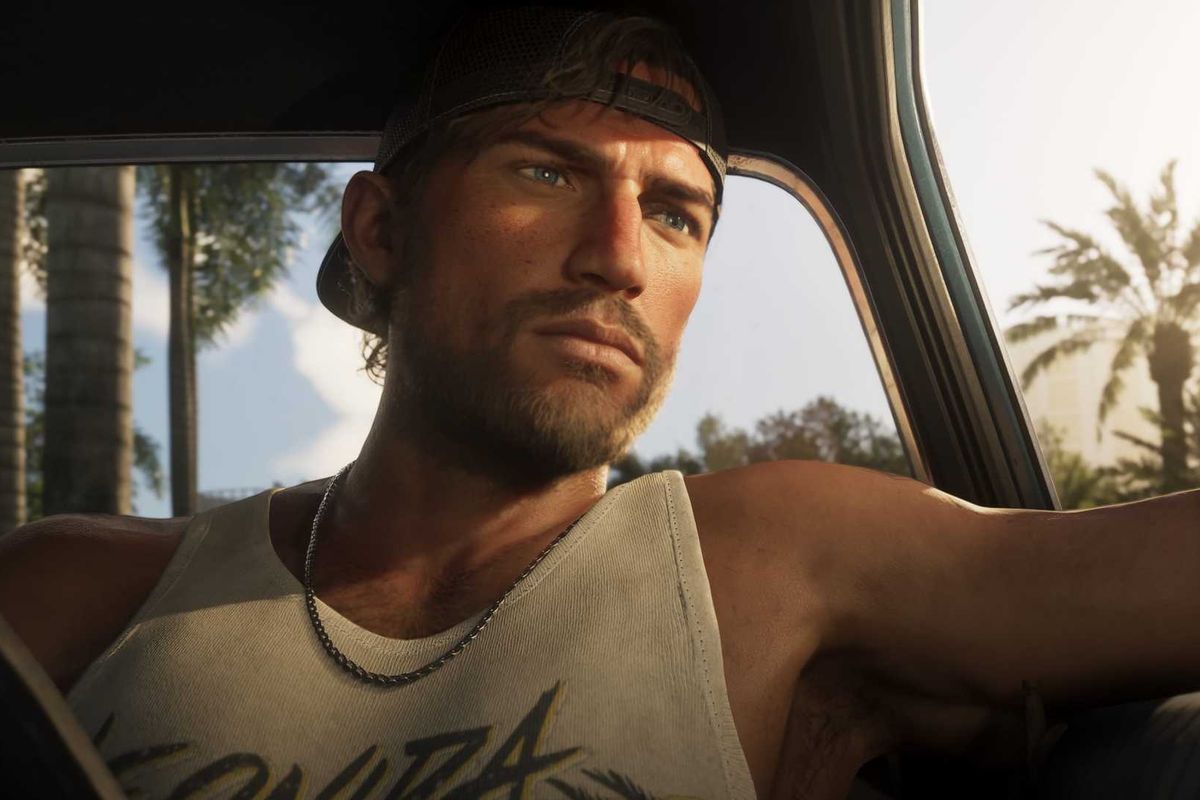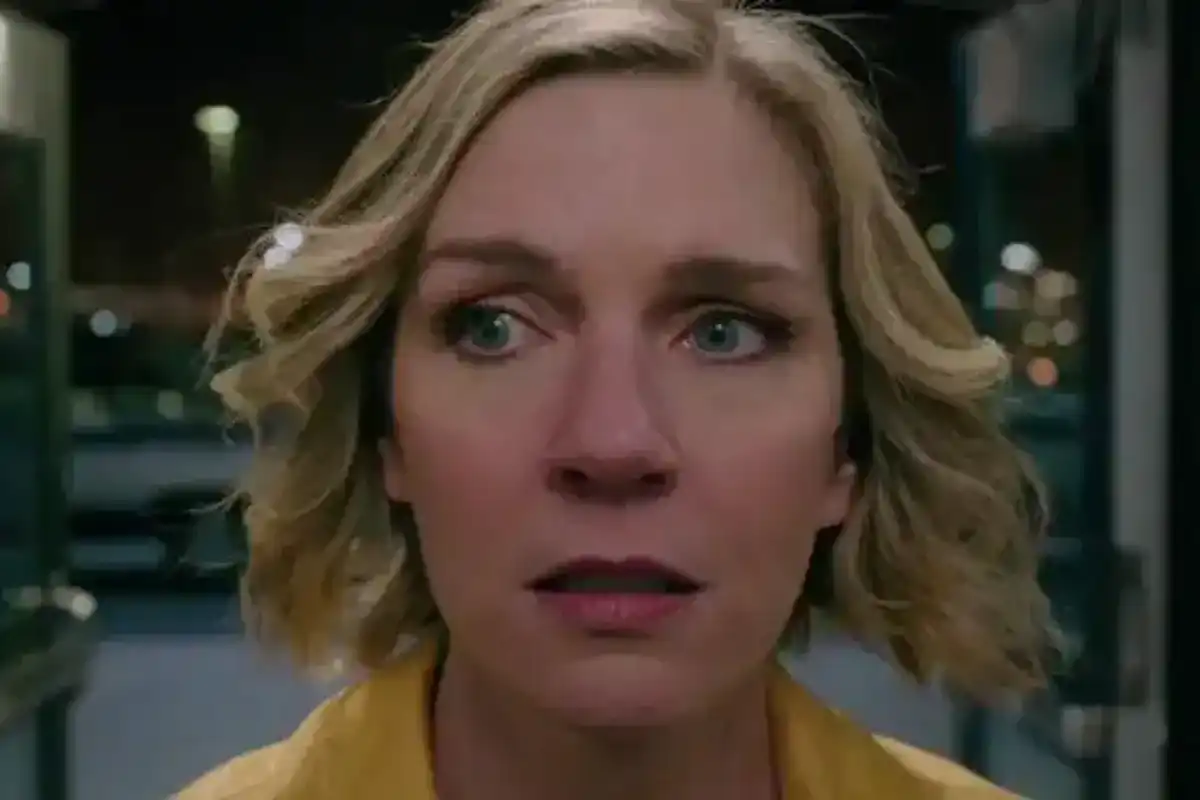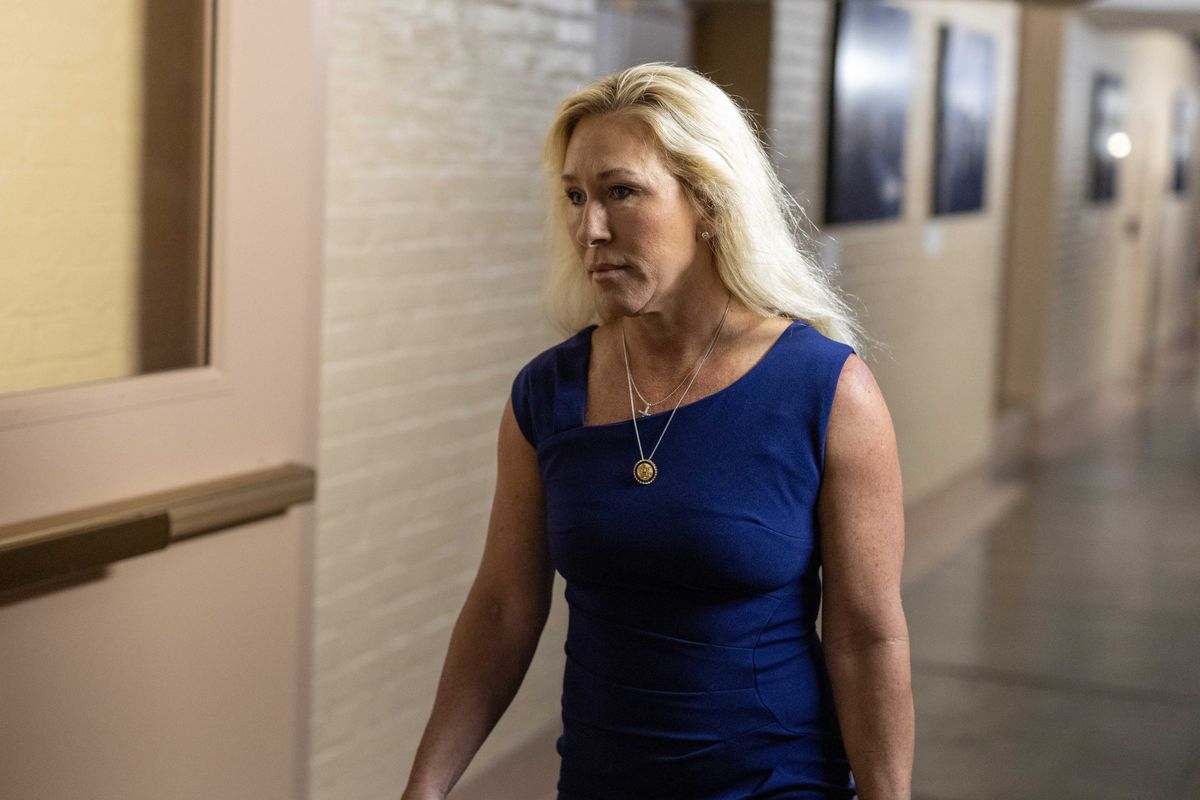News
Indy100 Staff
Sep 13, 2015
According to NASA, the average global temperature has increased by almost one degree Celsius since 1880.
Two-thirds of this global warming has taken place since 1975.
Numbers can be hard to quantify, but pictures speak a thousand words.
For tourists and wildlife photographers, the main reason to come to Svalbard is to see polar bears. And yes, usually we...
Posted by Kerstin Langenberger Photography on Thursday, 20 August 2015
This image should be taken with a pinch of salt, however.
Ian Stirling, professor at the University of Alberta who has studied polar bears for decades, told Mashable this bear was most likely an older, sick or injured bear.
In a Facebook post, wildlife photographer Kerstin Langenberger shared her concerns for those most affected by climate change. Polar bears.
Publishing an image of a shockingly thin bear thought to be taken on the Norwegian island of Svalbard in the Arctic Ocean in August, Langenberger addressed an uncomfortable truth about the human impact on the planet.
"For tourists and wildlife photographers, the main reason to come to Svalbard is to see polar bears," she wrote.
At first glance, everything is as it has always been… But are they really doing good, the bears up here?
I see the summers being so pleasant (and warm) as never before. I see the glaciers calving, retreating dozens to hundreds of meters every year. I see the pack ice disappearing in record speed.
Yes, I have seen bears in good shape – but I have also seen dead and starving polar bears.
Even so, Stirling's words still ring true.
"You have to be a little bit careful about drawing conclusions immediately... [The bear] may be starving, but it may just be old... A difficulty hunting could be involved."
Despite this, the image is no less shocking.
i100 has reached out to the photographer for comment.
More: The search for the worst argument against climate change is over
Top 100
The Conversation (0)













Donald Trump explodes at 'obnoxious' reporter